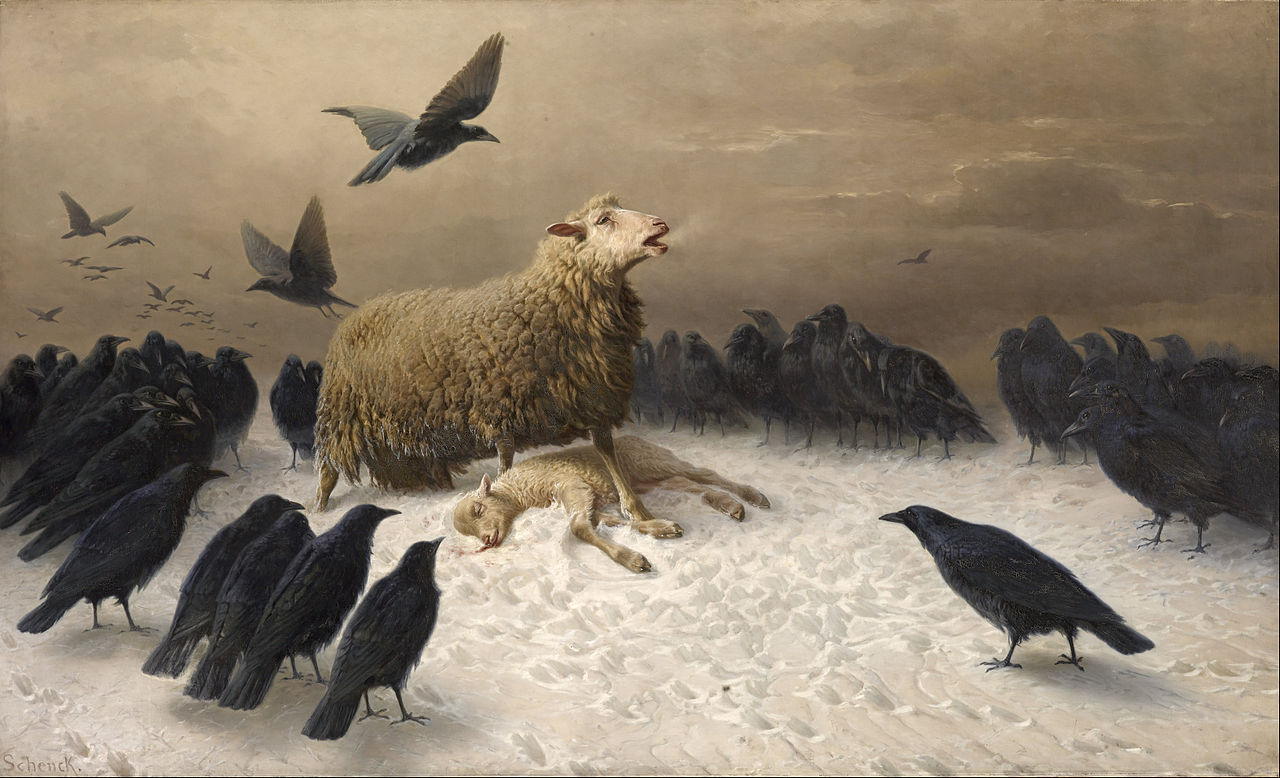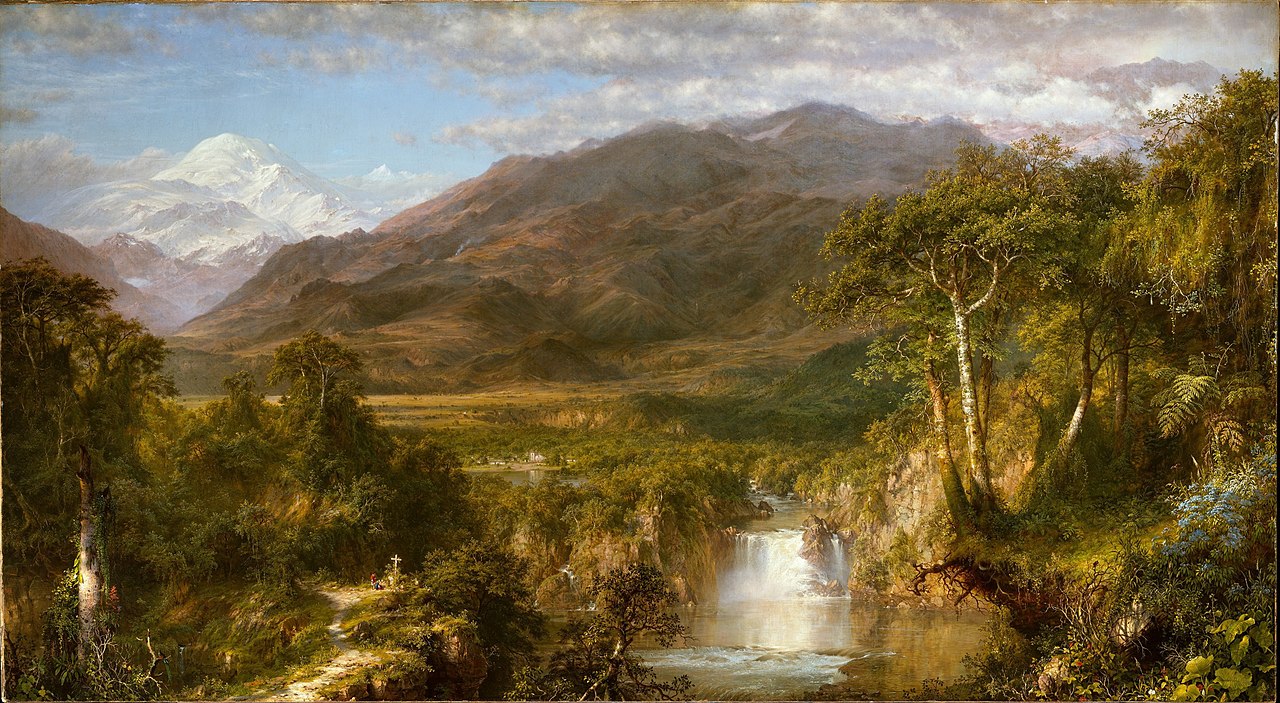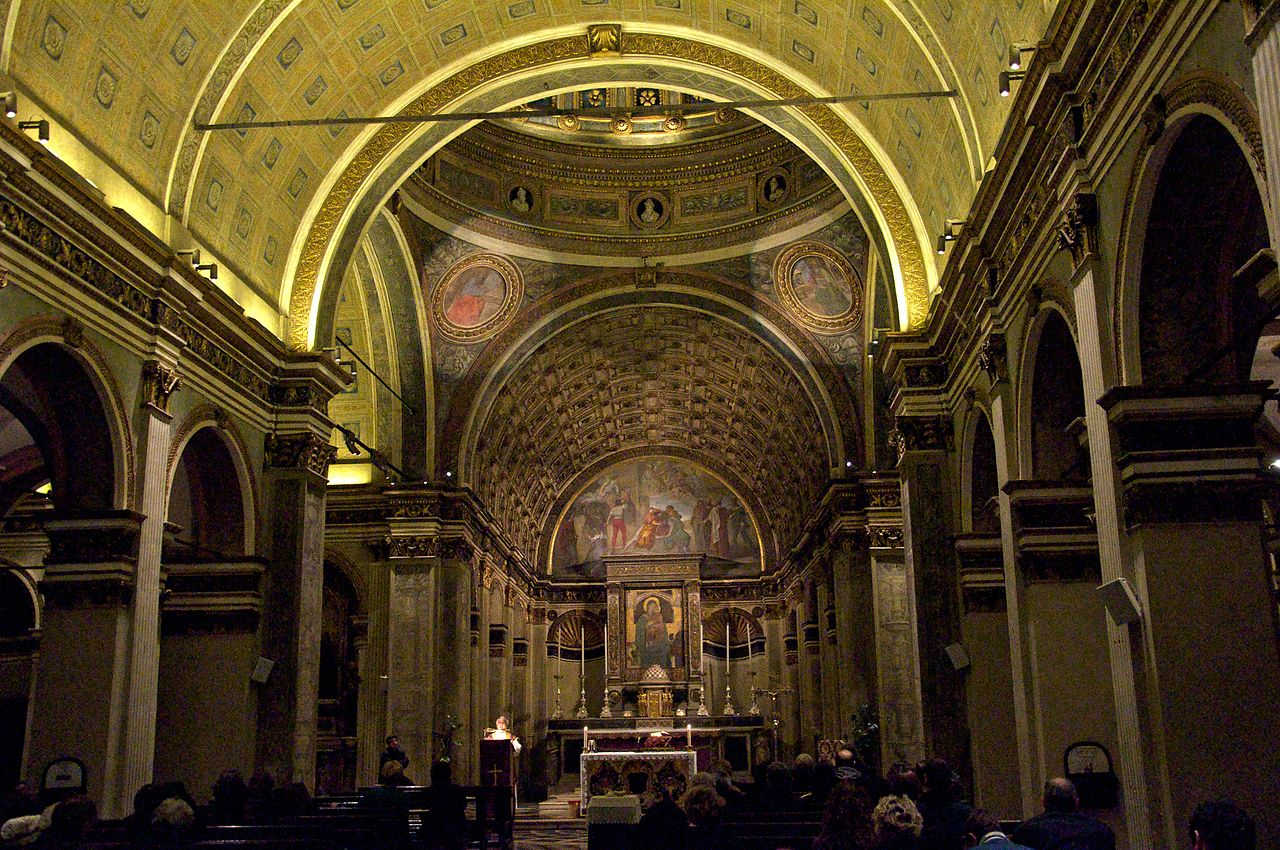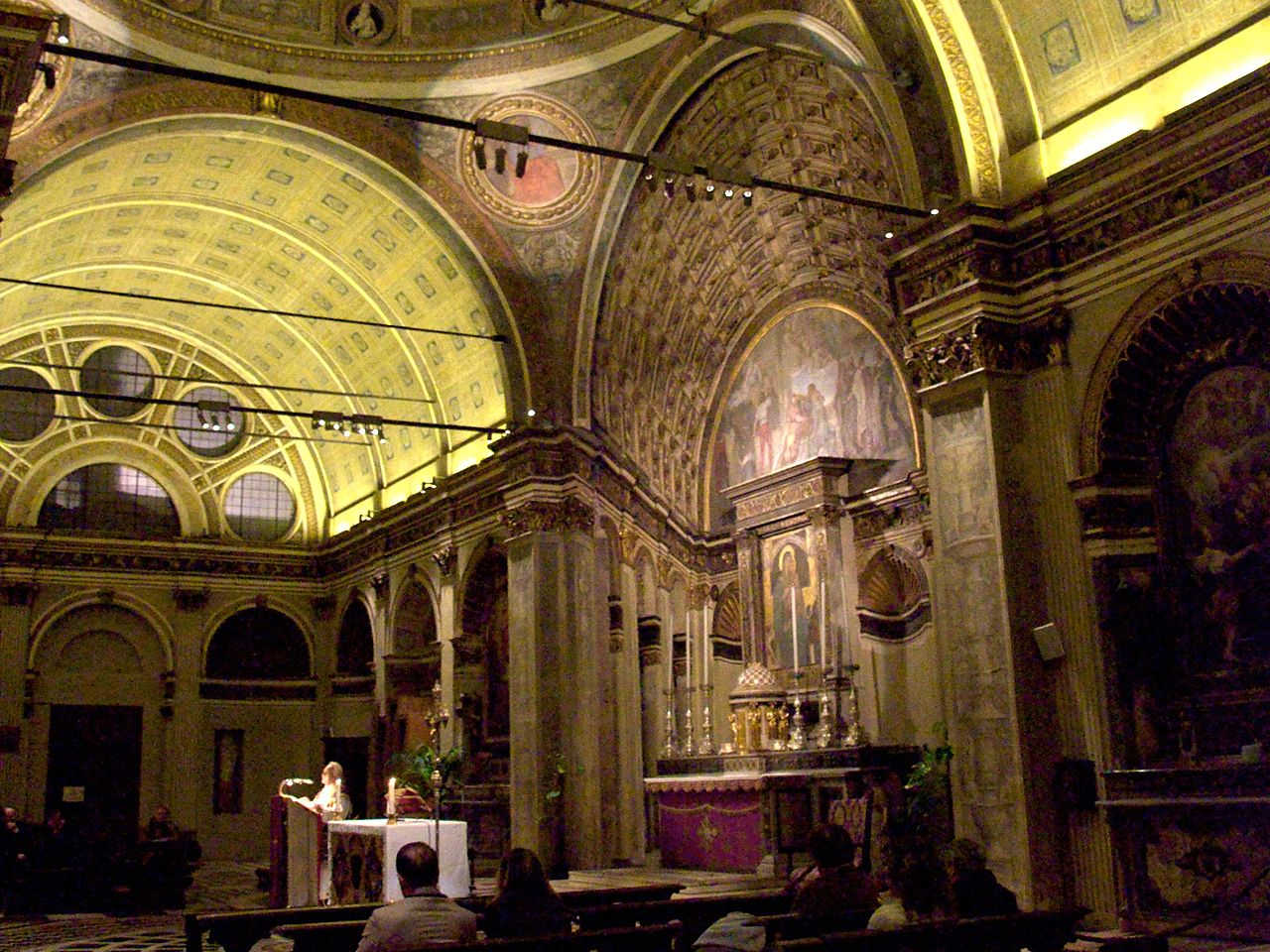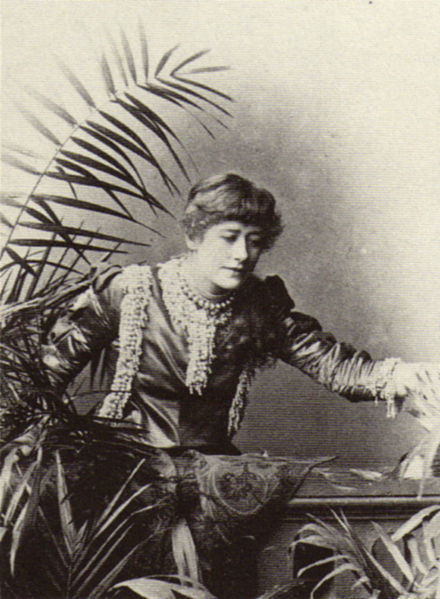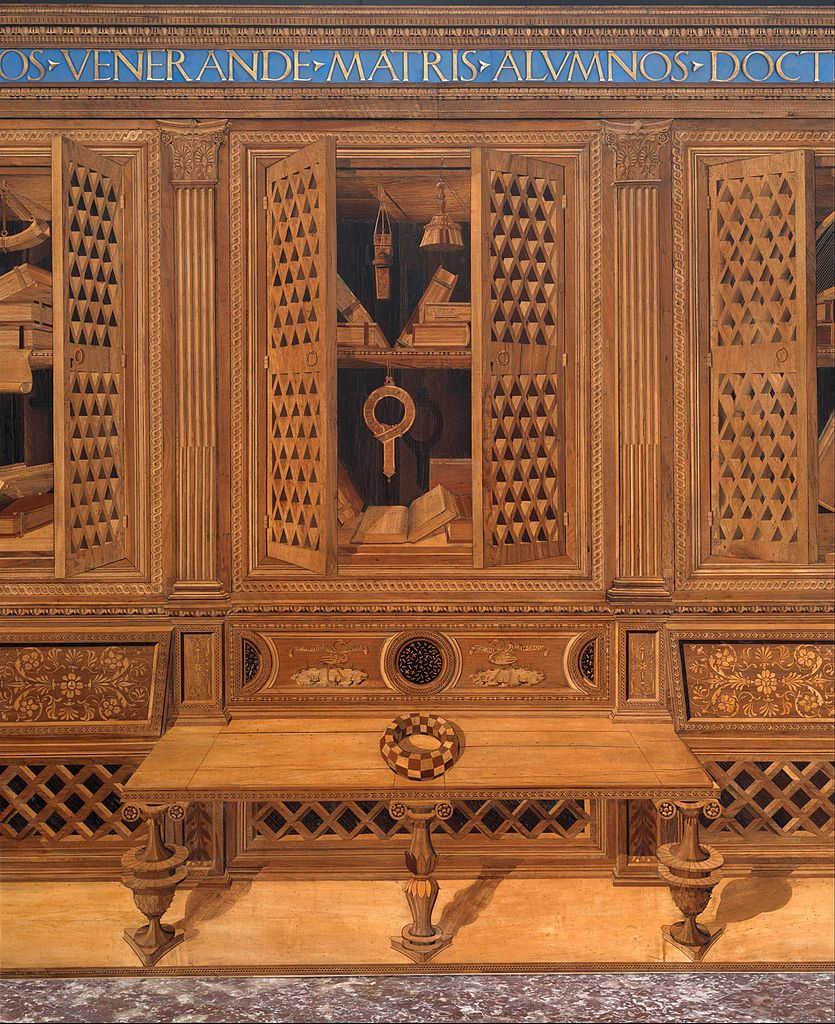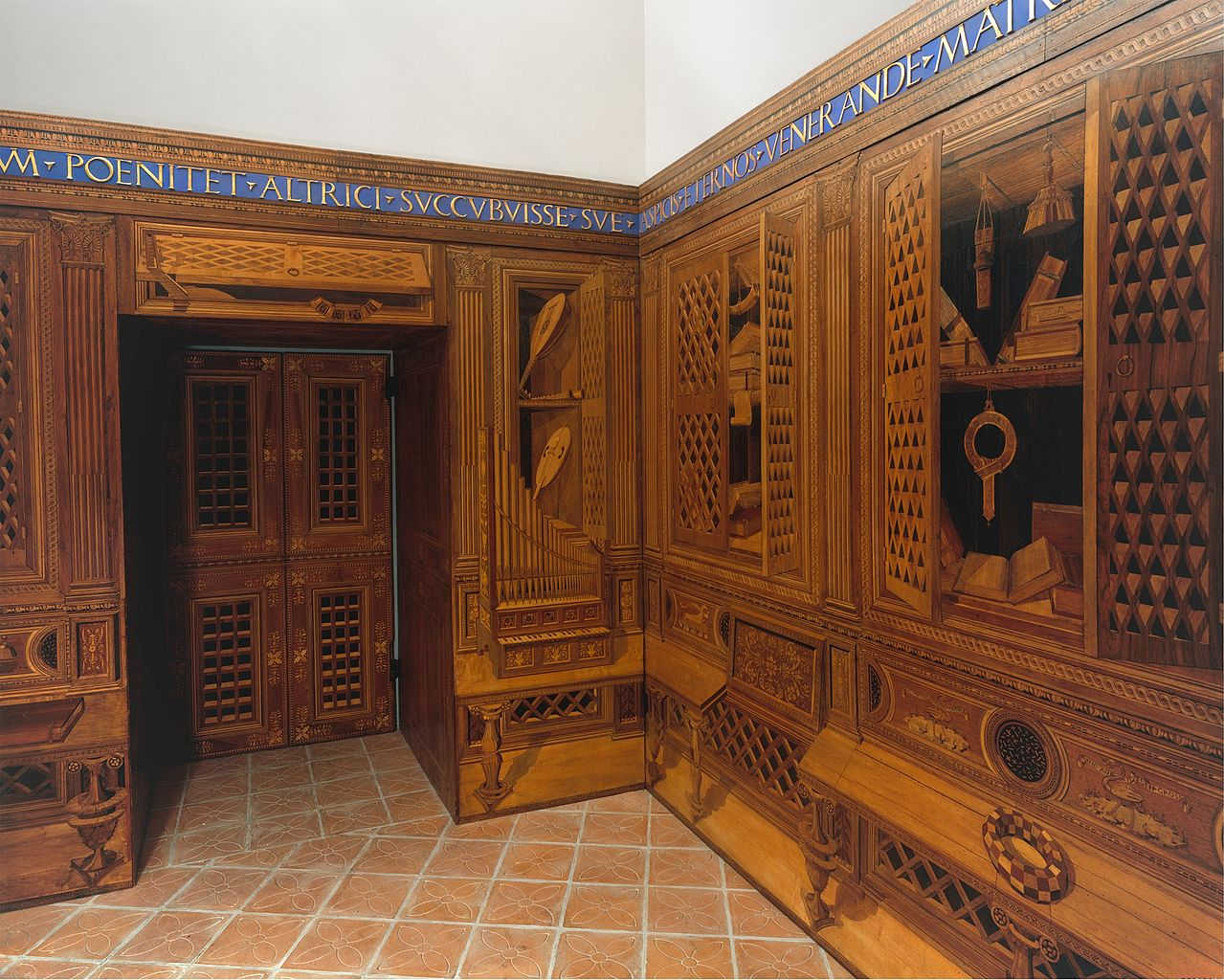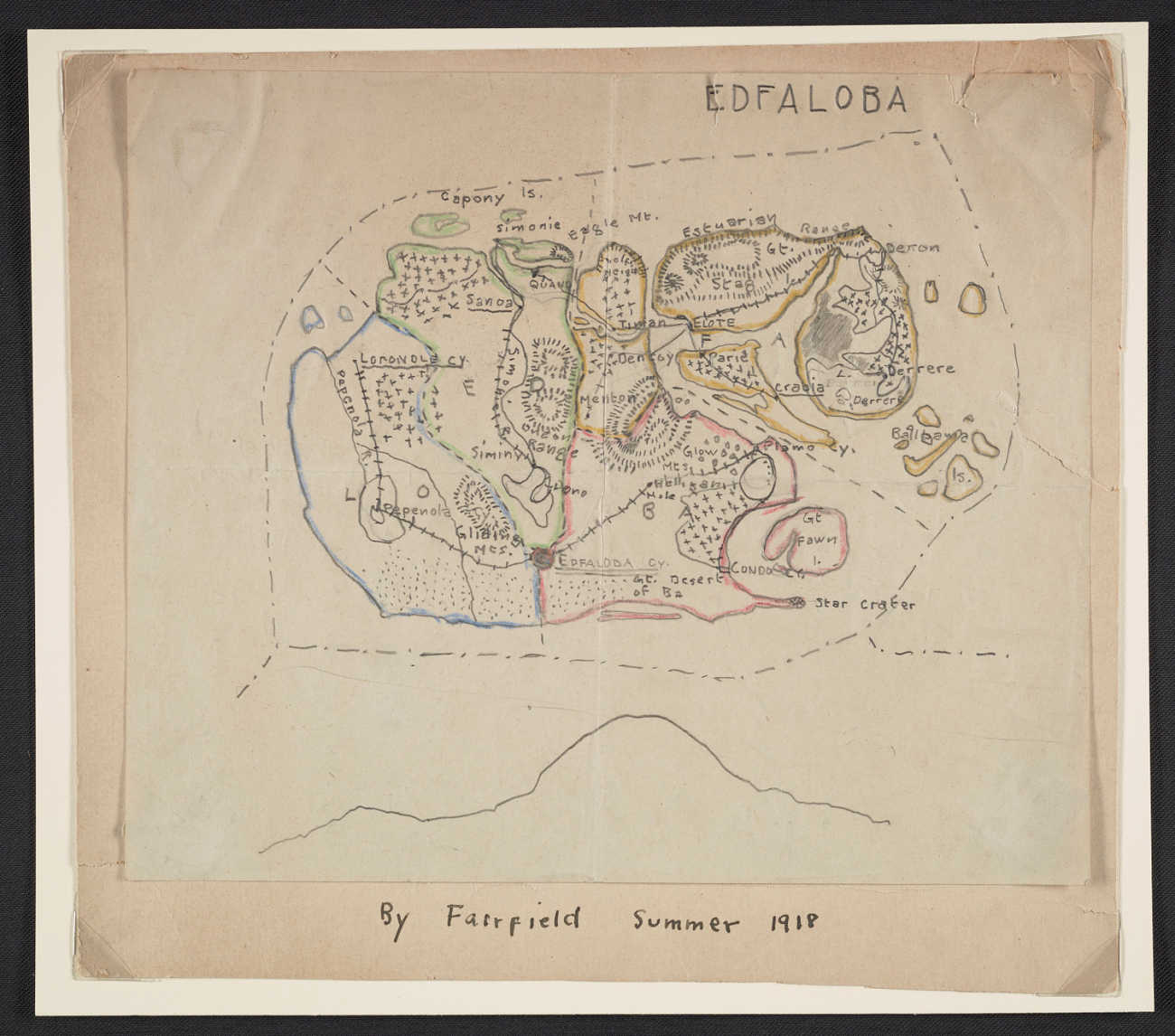
When the realist painter Fairfield Porter was 11 years old, he invented a fictional country on Mars, collaborating with his brother Edward and two neighbor girls. They devised an acronym for it based on their own four names: EDward, FAirfield, LOuise, BArbara.
Fairfield drew the map above, showing its topography and train lines. Much later one of his own sons recognized it as a “reduplication” of Great Spruce Head Island in Penobscot Bay, Maine, where the Porter family spent their summers. He divided it into four pieces, keeping for himself the area corresponding to the house and cove where the children swam and sailed.
He wrote to his aunts in December 1918, “Edward John and I have just been playing with the Pulman train that we made out of the blocks. Louise and Barbara play with us most of the time. … We pretend that the train goes around Edfaloba. … We pretend everything in Edfaloba runs by sunlight and people store it to make a light in night time.”
When he grew up and established himself as an artist, he developed a reputation as an eccentric for looking beyond the precedents of 20th-century art. Wrote one critic, “It was as if he lived in an alternate world with an alternate history, which, defiantly, he really did.”
(From Michele Root-Bernstein, Inventing Imaginary Worlds, 2014.)

